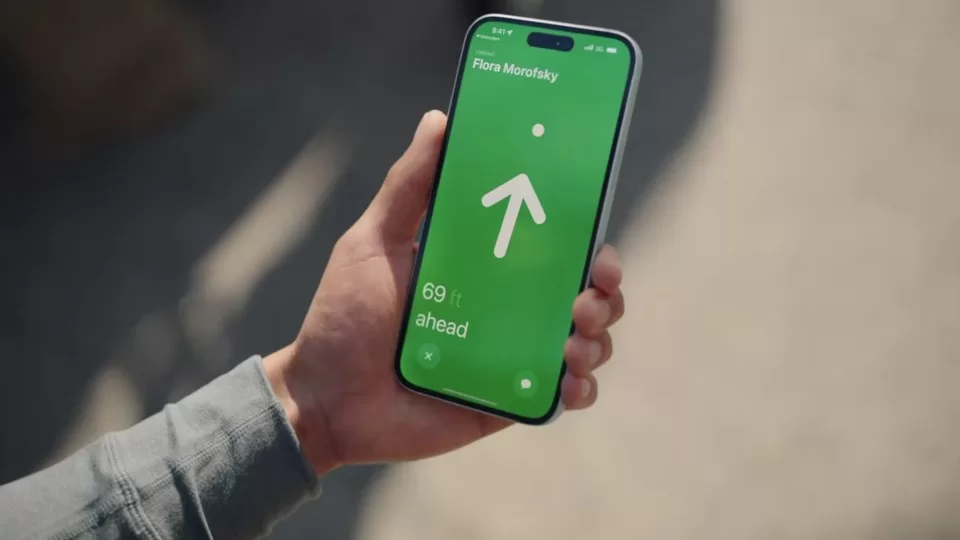The Wonderlust
is over, the iPhone 15 is official: As expected, Apple presented the latest generation of its smartphones at the keynote last Tuesday.
As part of the keynote, some technical details about the iPhone 15 (Plus) and the associated Pro models were shown, which you can read in our overview articles:
However, Apple remained silent on one aspect: What about the use of physical SIM cards on iPhone 15 & Co.?
After all, since the iPhone 14, the company has been taking three different approaches worldwide, which possible combinations are allowed.
In USA models, it is no longer possible to use physical SIM cards in the iPhone; only eSIMs work here. In China, however, two nano-SIM cards can be used in parallel, while the rest of the world was previously allowed to use a physical SIM card and an eSIM.
iPhone 15: Which SIM card fits in it?
In the months before the release of the iPhone 15, there was speculation that Apple could do without physical SIM cards in the new smartphone and thus force you to use the eSIM.
However, the completed keynote gives the all-clear, as such a step would certainly have been mentioned by Apple.
Since not a word has been said about the SIM card slot of the iPhone 15 generation, we can assume that the Apple cell phones can be operated with a physical card as usual.
iPhone 15: Which dual SIM combinations are possible?
This means that the iPhone 15 in this country still allows a SIM card that must be inserted in the smallest nano-SIM format. If you don’t already have the format with you, you can request the new size from your provider – although fees may apply depending on the provider.
Cutting the SIM card to a small format is also technically possible, but caution is advised here: this process can potentially damage the card’s chip and make it unusable. Local electronics stores at least partially offer to take care of punching the SIM card for you.
If you use an eSIM, it can be easily transferred from iPhone 14 to iPhone 15. The parallel use of eSIM and physical SIM card is still possible with the new models.
The fact that Apple is keeping the physical SIM cards on the iPhone is likely to be seen as positive for many potential customers.
Elsewhere, however, the standstill in features needs to be viewed critically. You can find out which two functions need to be improved for my colleague Linh in order to convince him to switch to the iPhone in the following article:
Now it’s your turn: Did Apple do everything right by deciding to stick with physical SIM cards? Or will eSIMs sooner or later become the new standard for smartphones anyway and it is only a matter of time before the SIM slot is removed? Do you already use an eSIM and if so, what advantages do you see for yourself? Let us know in the comments!


